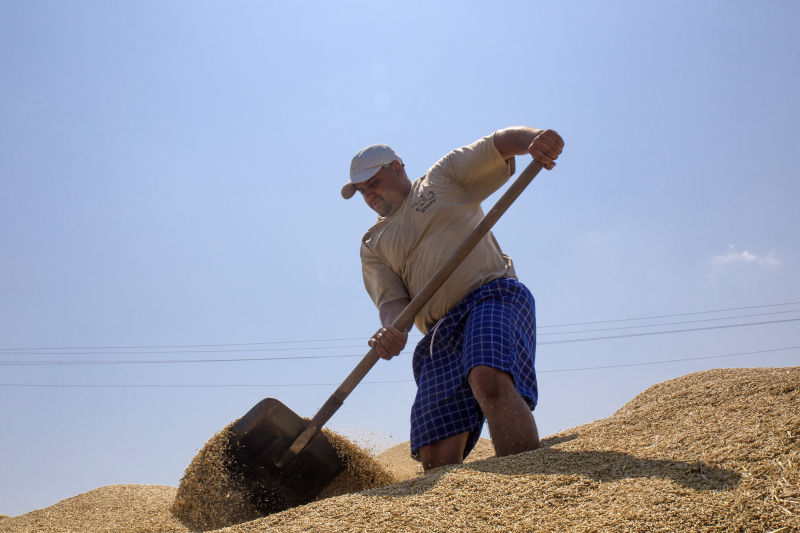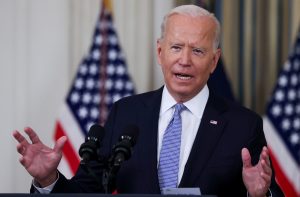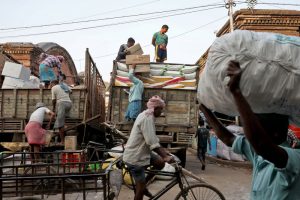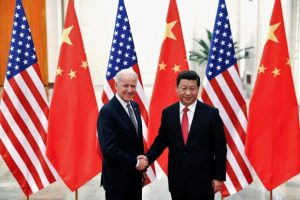Potential punitive sanctions on Russia in the event of Moscow starting an armed conflict with Ukraine could disrupt the supply of food and energy, but would have an uneven impact in Asia-Pacific, according to research by Manulife Investment Management.
Russia and Ukraine are important global exporters of food and energy, including oil, gas, grains and cooking oil.
“Potential punitive sanctions on Russia that disrupt the supply of such goods would have an important impact on the global economy, given the virtually inelastic demand for these strategically important resources,” Sue Trinh, head of Asian macroeconomic strategy at the Canadian asset manager, said.
While, Asia-Pacific is the world’s largest net food and energy importing region, it is not monolithic, “so a spike in food and energy prices would have an uneven impact”, Trinh noted.
For net importers, such a development would be a negative term of trade shock and the subsequent consequences for economic growth, exacerbated by weak domestic demand. The converse would be true for net exporters of food and energy.
The largest Asia-Pacific net exporters of food and energy – and therefore the least vulnerable – are New Zealand, Malaysia, Vietnam, Australia and Indonesia.
Food and Energy Powerhouse
Russia is the world’s leading exporter of natural gas, accounting for 17.1% of global production, and its second largest exporter of crude oil (12.1%).
Ukraine and Russia are also significant agricultural producers. Their combined wheat, barley and maize exports represent 21% of the global total and together, they supply 60% of the world’s sunflower oils.
Russia and Belarus also account for about 20% of total fertiliser exports, vital for global food production.
Meanwhile, Russia is one of the world’s largest producers of critical metals. It is the biggest exporter of palladium (20.7% of total volume) and ranks number two after Chile for copper (7.1%). Nickel and aluminium are also important.
Moreover, the need for these specific commodities has historically surged in times of conflict, Trinh said.
“This could be problematic for stretched global supply chains and trigger upward price pressure in an already painfully inflationary environment.”
Larger Spillover Effects
In such a scenario, it would act as an additional stagflationary shock – that is lower growth but higher inflation. There are also larger spillover effects to consider:
“Rising food and energy prices would lead to higher inflation and inflation expectations,” Trinh said. “Food inflation is particularly impactful due to the greater weighting of food-related items in Asian consumer price index (CPI) baskets.”
The economies with the lowest net food and energy CPI basket weights and, therefore, the least vulnerable are Hong Kong, Australia, South Korea and mainland China.
In a conflict, export momentum would slow. “Without strong export growth to materially offset rising food and energy import prices, some economies could be subject to worsening current account balances,” Trinh said.
The economies least reliant on foreign demand are the Philippines, Hong Kong, India, South Korea and Thailand.
Deteriorating Fiscal Position
Trinh said fiscal positions could deteriorate if governments increase subsidies to help contain inflation and ease the burden on low-income households.
The markets with the strongest fiscal positions are Singapore, Vietnam, Taiwan, Thailand and the Philippines.
“Policymakers among the net food and energy importers face a dilemma,” Trinh said. “They could raise interest rates but at the cost of even weaker economic growth.”
Singapore, Malaysia, the US, Australia and New Zealand should be the biggest beneficiaries of any surge in food and energy prices, while Indonesia, the Philippines, New Zealand, and India appear the least exposed to a potential liquidity shock, Trinh said.
“Balancing the simultaneous impact from these two shocks, our analysis suggests Malaysia, New Zealand, the US, Australia, Vietnam and Taiwan will be the relative macro out-performers among the economies we follow.”
- George Russell
READ MORE:
Russia, China Announce Broad Partnership to Counter US
Japan Asks Inpex for Help if Russia-Ukraine Conflict Hits LNG
Asia Markets Bounce Back As Russia-Ukraine Tensions Ease
























